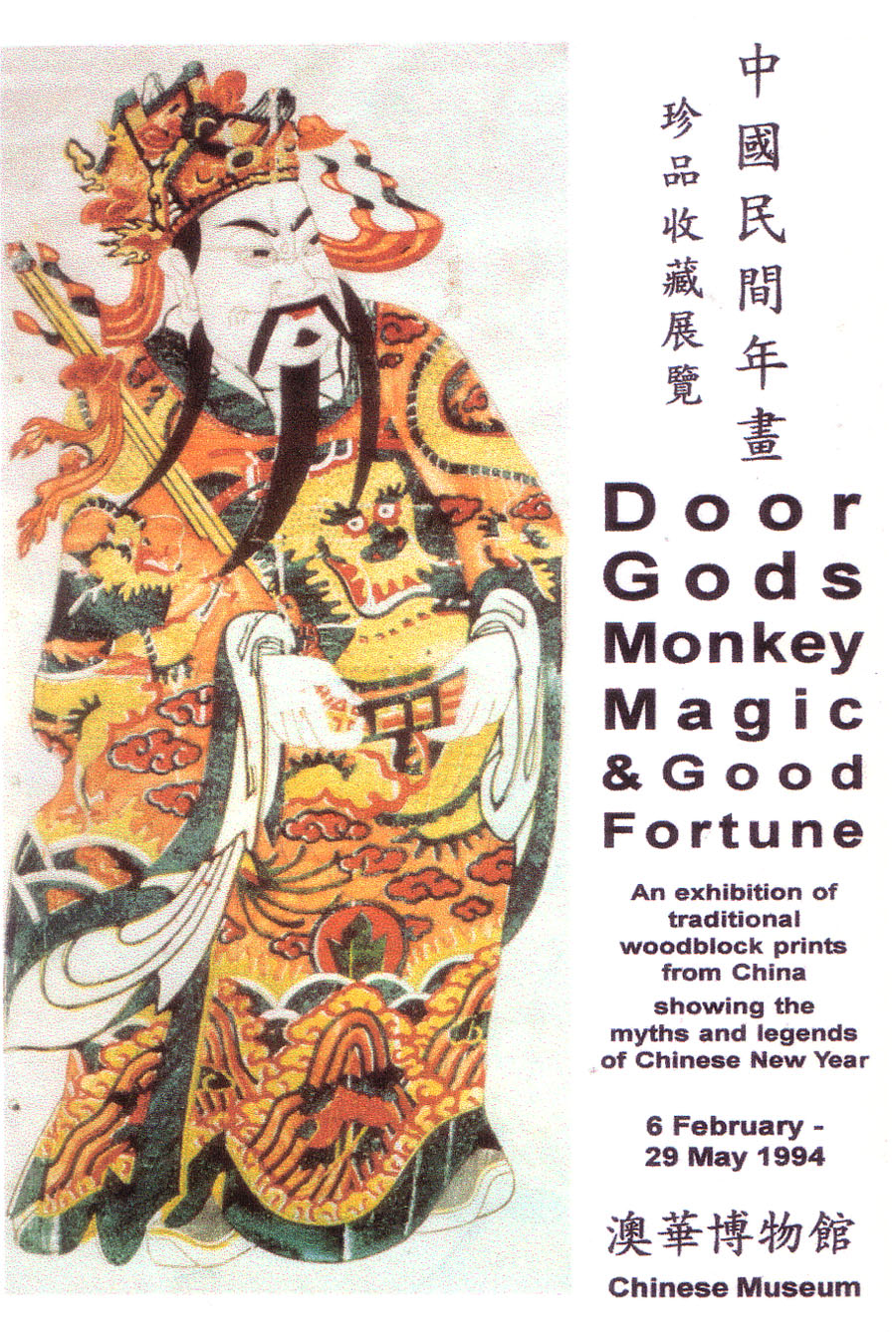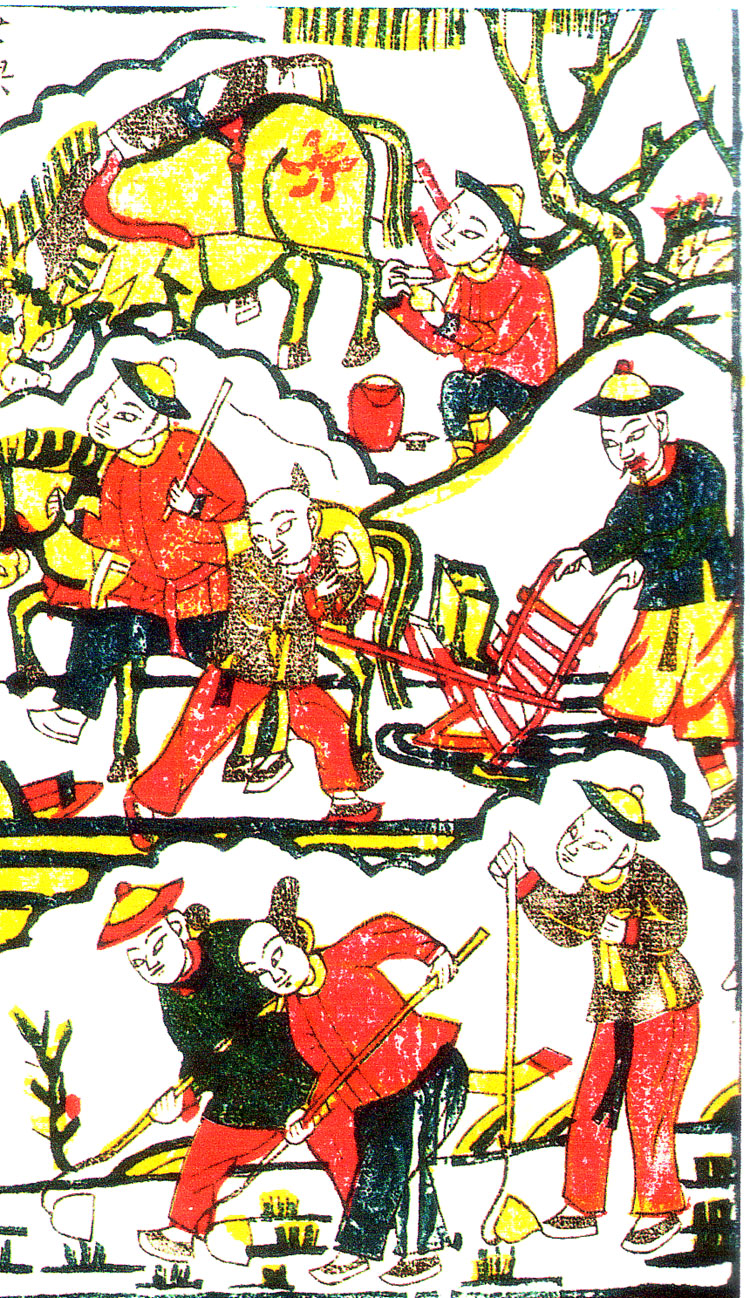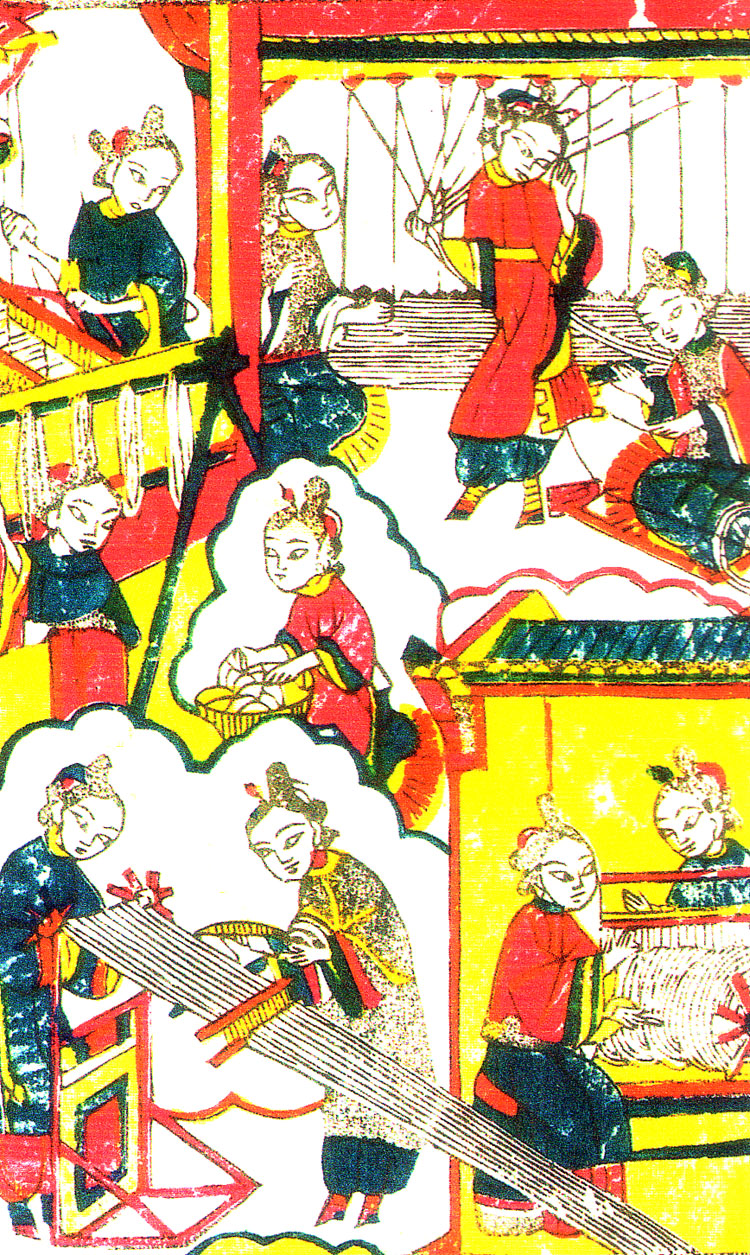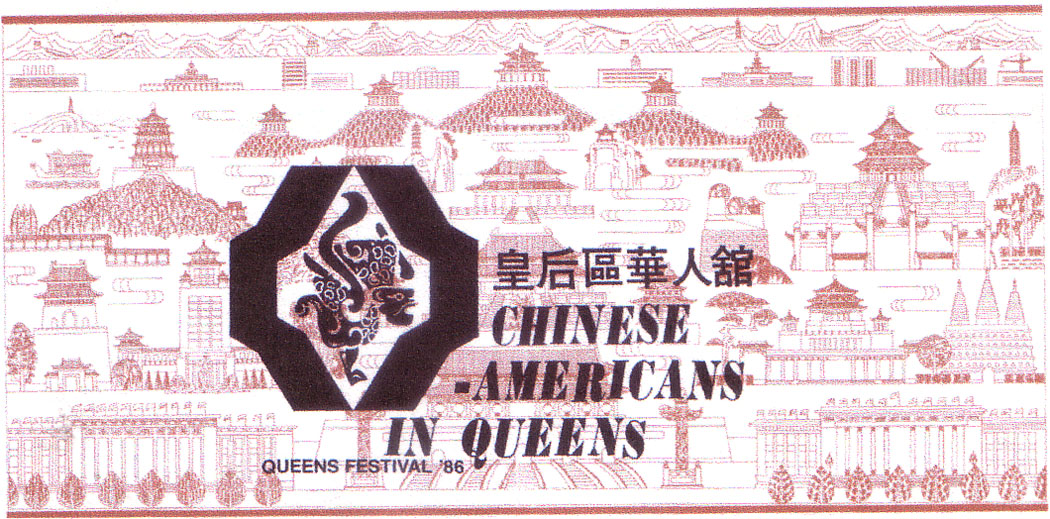
| What is Flavor and Fortune? |
| How do I subscribe? |
| How do I get past issues? |
| How do I advertise? |
| How do I contact the editor? |
Read 12688024 times
Connect me to:
| Home |
| Articles |
| Book reviews |
| Letters to the Editor |
| Newmans News and Notes |
| Recipes |
| Restaurant reviews |
| Article Index (all years, slow) |
| List of Article Years |
| Article Index (2025) |
| Article Index (last 2 years) |
| Things others say |
| Related Links |
| Log In... |
| Authors |
| Categories & Topics |
TOPICS INCLUDE: Joseph Poon recipe; Women's occupations in Ming Dynasty; Tibet: Chinese in Queens; Hanging noodles; Autonomous regions and prefectures; Uzbek food;Shortened names for Chinese foods
| by Jacqueline M. Newman |
Letters to the Editor
Spring Volume: 2010 Issue: 17(1) page(s): 14, 15, and 26
NAOMI asks by phone:
Volume 12(4) on page 30 about Joseph Poon's recipe titled: Stir-fried Fresh Mango with White Meat Chicken taken from his Life is Short...Cooking is Fun book does not have mango in the ingredient list. Please advise how much and when to add it?
NAOMI: Thank you for calling that error to our attention. Sorry, we copied the recipe as given and should have used a better eye. The amount, we believe, should be one mango, cubed. Add it with the cornstarch mixture at the very end. Mango needs only warming not cooking.
 From RUTH via snail mail:
From RUTH via snail mail:
Wonder if you know if any of women's occupations during the Ming Dynasty (1368 - 1644 CE) relate to food? If so, what they were? I know that men's occupations then did relate to milking, planting, ploughing, planting, etc.
 RUTH: I have read about them, and once did see woodblocks that did illustrate them; prints made from them were popular New Year gifts. Many were shown in a 1994 booklet from an exhibition whose cover says they show myths and legends of Chinese New Year.
RUTH: I have read about them, and once did see woodblocks that did illustrate them; prints made from them were popular New Year gifts. Many were shown in a 1994 booklet from an exhibition whose cover says they show myths and legends of Chinese New Year.
 The cover, then men's tasks and finally the women's tasks are shown, in that order. They are said to be from Fengxian in Shaanxi Province; and the ones shown are newer renditions, not the original, but they do answer your question.
The cover, then men's tasks and finally the women's tasks are shown, in that order. They are said to be from Fengxian in Shaanxi Province; and the ones shown are newer renditions, not the original, but they do answer your question.
From LANA in MILWAUKEE WI:
The article about Tibet was wonderful and an education. I thought the Tibetan custom was to dedicate animals as a votive to their gods (and Goddesses), and not eat them. Also, can you provide a recipe for tsampa, and one for those lovely-looking noodles shown on the last issue's cover.
LANA: You are correct, they do so dedicate them, then set them free to roam at will. Those, heads included, used on doors and in temples are not killed, but rather found and then so used, or saved; as are others used after a butcher or someone slaughters one. You might be interested in knowing that when used as offerings, before freeing them they are tagged with colored fabric on their ears, and tail and sometimes elsewhere so folks know not to take them and kill them. Also before freeing them, a Lama names the animal, scatters some barley over it, and smears tsampa on its head and tail, its back too. Some say prayers and then set it free. As to making tsampa, simply roast barley (which was traditionally done in a container in hot sand) then grind it, and store it in a cool place until needed. As to the noodles, a recipe follows at the end of tis column.
From JASON via e-mail:
You probably live in Queens. Recently we drove in (from Long Island) and tried that Hunan restaurant. Food was great and the three dishes for less than twenty dollars fed four of us. In these tough economic times, thanks for enabling us to enjoy an unusual Chinese restaurant. And now my question: How long has Flushing been a Chinese enclave?
 JASON: No, we do not live in Flushing, nor do we know exactly how many Chinese do. Like you, we live on Long Island and drive there once a week to shop and eat. In 1970, when we first came to Queens College, there were less than a handful of Chinese restaurants and one small store selling Chinese sauces along with fresh, frozen, and other foods. Now more than two million people live in this borough. Rojer Sanjek and Chen Hsiang-shui in the Chinese-Americans in Queens festival booklet (1986) whose cover is seen on this page, wrote that a hundred years ago peddlers from Manhattan's Chinatown brought vegetables, fish, fresh pork, and Chinese condiments to those living in this borough. By 1970 there were some fifteen thousand and by 1980 thirty-nine thousand. By 1985, that number nearly doubled, and by the 2000 census it doubled again. Let's wait for the 2010 census for an update; in the meantime, try many or all of the more than one hundred Chinese restaurants in Queens. We believe the Chinese population will increase even more; worldwide, the prediction is that Chinese will increase ten million a year in each of the next ten years.
JASON: No, we do not live in Flushing, nor do we know exactly how many Chinese do. Like you, we live on Long Island and drive there once a week to shop and eat. In 1970, when we first came to Queens College, there were less than a handful of Chinese restaurants and one small store selling Chinese sauces along with fresh, frozen, and other foods. Now more than two million people live in this borough. Rojer Sanjek and Chen Hsiang-shui in the Chinese-Americans in Queens festival booklet (1986) whose cover is seen on this page, wrote that a hundred years ago peddlers from Manhattan's Chinatown brought vegetables, fish, fresh pork, and Chinese condiments to those living in this borough. By 1970 there were some fifteen thousand and by 1980 thirty-nine thousand. By 1985, that number nearly doubled, and by the 2000 census it doubled again. Let's wait for the 2010 census for an update; in the meantime, try many or all of the more than one hundred Chinese restaurants in Queens. We believe the Chinese population will increase even more; worldwide, the prediction is that Chinese will increase ten million a year in each of the next ten years.
From ERICA via e-mail:
Read about 'hanging noodles; and 'Lanzhou noodles' and 'chen noodles' also 'Dragon Beard' noodles. Are they all the same, and if not, please share the differences?
ERICA: There is a long history of hanging noodles. I once read an article about them found in Sichuan some eight hundred years ago. Those who make them by hand often hang them, but I do not think that technique is limited to one province, nor that name attached to a specific noodle type. Before machines made noodles, folks did hang soft noodles to dry, then wrap them (usually in paper) to sell from a wagon, marketplace, or in a store. Hanging noodles were used as tribute food during the Ming Dynasty (1368 - 1644 CE). Lanzhou noodles, made in a city famous for beef noodles, noodle soups, and dishes with meat and sauce, or what westerners would call gravy, make soups with a large number of ingredients, some say twenty or more, and often with beef and/or smoked meat or pig's feet, cilantro, onions and scallions, Sichuan pepper oil, and of course, noodles. Some of their soups are a bit sour and folks from there love that taste made by the many soured vegetables added to the soup. And, in Langzhou they like cold noodles, spicy, sour too not with vegetables but with vinegar. These noodles can have mustard, sesame paste, soy sauce, and salt. They also appreciate savory noodles stir-fried with finely chopped pork, day lilies, garlic shoots, cloud ear fungi, and many spices. As to chen noodles, these are hand-pulled noodles by another name. Dragon Beard noodles, also called Dragon Beard Candy are probably the thinnest of all noodles, some have counted the strands and say there are more than two thousand of them to the pound. These particular noodles, written about in Volume 11(2) on page 8, 13(2) on page 30, and 13(3) on page 6 are known as lang xu mian, and are hand-pulled, and not cooked. They are a sweet snack treat.
From BOB in MANHATTAN:
You clarified provincial names in a previous issue, can you explain Autonomous regions and prefectures?
BOB: These are political names for regions where many Chinese ethnic minority populations live. Politically speaking, they are said to be equal in status to a province; but not all their residents agree. There are five Autonomous Regions (in Inner Mongolia, Xinjiang, Guangxi, Ningxia, and Tibet). Forty-four minority ethnic groups have their own autonomous governments at various levels. China has a total of one hundred fifty-five autonomous areas including those known as regions, prefectures, counties, and banners, and more than one thousand ethnic townships. These include about three-quarters of the minority people and make up some two-thirds of the country's land. As to the Autonomous Prefectures, all are smaller than those called regions; and they are in various locations. The largest are in Jilin (1), Gansu (2), Qinghai (6), Xinjiang (5), Hunan(2), Sichuan (3), Guizhou (6), and Yunnan (11). The foods of the ethnic nationalities living in them can be very different from those of the Han Chinese, not always the same place to place, and to date this magazine has only written about larger minority population groups.
From KATI via e-mail:
Some issues ago, you wrote about the foods of my culture, that of the Uzbek people. You spoke about their breads, and provided three recipes. I have tried many crispy bread recipes, none as good as grandma made, but better than I could make without your help. Do you have another with lots of sesame seeds to add to the very good recipes in that issue?
KATI: Try the one below. We hope it is up to you and your grandmother's standards.
From LEE via e-mail:
I have heard of great 'Chuan' food, and guess that these are from Sichuan. What other abbreviations are there for other great Chinese foods?
LEE Sorry to burst your good guessing bubble, but the word Chuan is not alone. It is one of eight, and not an abbreviation but a shortened, we might say 'nickname' about one of the eight great regional cuisines. The usual order varies and is very personal. Not wanting to miff anyone, here they are in alphabetic order:
Chuan is used for foods of the Sichuan province, best known for its hot tongue-numbing spicy flavors
Hui is about foods mostly from Anhui, cooked using one or more of a variety of techniques with timing controlled to the second
Lu are foods from Shandong, a province with many light famous seafood dishes
Min is used for foods including those of the sea and often with red or white wine lees, that are from Fujian and Taiwan
Su speaks of the foods from the Jiangsu province, many with a touch of sweetness
Xiang are Hunanese foods with strong spicy flavors, some smoked, others oily
Yue is the term used for the cuisine of the Guangdong province and its foods lightly seasoned and exceptionally fresh
Zhe refers to the foods of the Zhejiang province, often crisp, tender, and from one of four cities: Hangzhou, Ningbo, Shaozing and/or Wenzhou.
From BELINDA SUE via e-mail:
Some months ago, I read a Chinese recipe titled Stewed Chicken with Chestnuts that confused me because it ended saying to put it in a 400 degree oven. I did write to the publisher but have no response and it is three months already.
BELINDA SUE: Angela Cheng's book about perfect Chinese stewing addresses this problem advising that shao in Chinese can mean one of some forty culinary preparations while the same word shao, in Japanese, means only grilling and roasting. Perhaps the author was Japanese, raised in Japan, or lived there for some time. Cooking in lots of liquid in an over is one means of stewing food. As you did not mention the name of your source, nor give more recipe details, that is the best help we can offer.
| Noodles with Beef |
|---|
1 slice fresh ginger, minced 1 small onion, chopped fine 1 Tablespoon yak butter 1/2 teaspoon salt 1/4 pound beef, cut into small cubes 1 small potato, peeled and cut into small cubes 1/2 pound wheat noodles, boiled until nearly soft 1 small tomato, cut into small cubes 1 cup beef or vegetable soup stock several sprigs of fresh coriander, chopped coarsely Preparation: 1. Heat wok or fry pan, add ginger and onion and stir-fry for one minute, then add butter and salt and when melted, add the beef cubes and fry them until they are no longer pink, not browned, but cooked through, then remove them from the pan. 2. Add potatoes and stir-fry them for two minutes then add half cup water and simmer them until almost done before adding the noodles. Stir well and stir-fry with the tomato cubes for two or three minutes until potatoes are almost soft, then add the soup stock. 3. Put the noodles in a pre-heated bowl, top with the meat/onion mixture, then the coriander, and serve. |
| Uzbek Crispy Bread |
|---|
3 cups flour 1 Tablespoon dry yeast 1 teaspoon sugar 1 teaspoon salt 1 Tablespoon oil or fat from sheep's tail 1 teaspoon white sesame seeds 2 teaspoons black sesame seeds 1 Tablespoon chopped fried onions or shallots Preparation: 1. Mix flour, dry yeast, sugar, and salt in a bowl and gradually add one cup and two tablespoons warm water. Make a ball and leave that in the bowl, and cover with a thick cloth and allow to rise until double in bulk; this can take about two hours. 2. Heat oven to 500 degrees F, and put parchment paper or aluminum foil on two baking sheets. 3. Divide dough in half, roll each half, one at a time, on a cold towel to make a nine-inch circle. Cover with heavy cloth and let rise until it doubles again, about fifty minutes. 4. Uncover, leaving one-inch sides, punch down the center, or make a hole and gently shape it doughnut-like. Repeat with other half of the dough. Brush foil or parchment and the dough with fat. Sprinkle sesame seeds and minced onion pieces on the top of each piece of dough. Put on the oiled baking sheet. 5. Put ten ice cubes, or a very wet towel bunched up in a ball, on the floor of the oven. Put the baking sheet into the oven and bake the dough for eight minutes. Then remove the towel (use tongs), brush tops with a little more oil, and bake another seven minutes or until crisp and nicely colored. Do not over bake. Cool and serve. |

Copyright © 1994-2025 by ISACC, all rights reserved
Address
3 Jefferson Ferry Drive
S. Setauket NY 11720